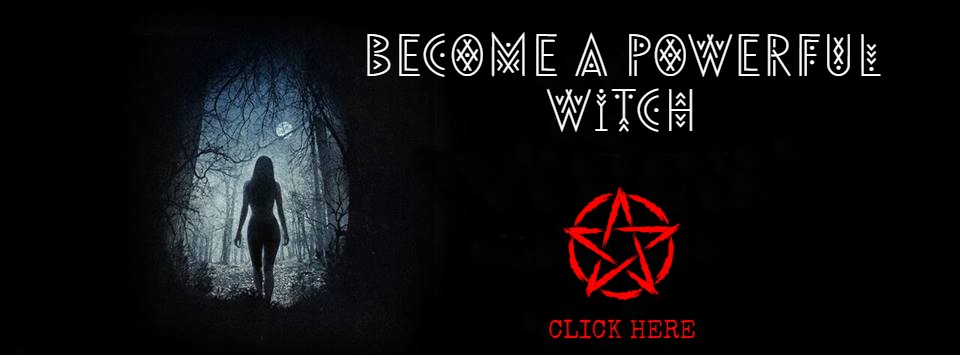Witch Doctors
Witch doctors, also called jujumen, obeahmen, root doctors, conjure men and leaf doctors, serve as priests and physicians to African tribal members and to believers in Vodun, Santería, the Macumba cults in Brazil and those who seek the healing powers of herbs.
As their name suggests, witch doctors in Africa treat patients for witch-induced sickness, divining the witch responsible for a victim’s illness or misfortune and curing the patient by sending a counteracting spells. As their power grows, the witch doctors can control entire villages, convincing members they know the sources of evil and how to use them.
Among the old Zulu and Ashanti tribes, women often served as witch finders, adorning themselves in feathers and furs and smearing paint and white clay for fierceness on their faces. After reaching a hysterical frenzy brought on by drum beating and ChantIng, the witch finders would point to the witch perpetrators, resulting in the condemned’s immediate execution (see African Witchcraft).
A witch-doctor general practitioner is called a nganga, the same word used by the black wItches in Santería for their evil-spirit Cauldrons. The nganga divines the source of a victim’s misfortunes by casting the hakata, or bones (the “bones” may be seeds, dice, shells or actual bones), interpreting the lay of the throws and offering prophecies of good health or evildoing (see Divination).
Ngangas supposedly use their power only for good, but they must be familiar with witchcraft’s evil practices in order to combat them. If a witch sends a ngozi, or grudge-bearing spirit, to harm someone, then the witch doctor must know how to send an even more powerful ngozi to the witch. poIsons provide powerful weapons for the witch doctor, used to detect witches and perform spells.
In a poison test, the witch doctor administers a poisonous drink to a suspect; if he sickens and vomits, he is innocent, but if he tolerates the drink, he is an evil witch. Suspects die during the ordeal, but their deaths are viewed as divine justice.
A variation on the ordeal is the benge, in which poisons are given to chickens as the suspects’ names are read; if a chicken dies while a name is called, that suspect is guilty. Used in spells, poisons can bring about the desired effects promised by the witch doctor.
One famous case involved a root doctor, or specialist in herbal medicines, named Dr. Bug. For $50, Dr. Bug guaranteed his patients that they would fail their physicals when drafted into the armed services. The willing clients took a potion and then suffered from “hippity-hoppity heart syndrome,” thereby escaping the draft.
Doctors were amazed to find so many sufferers of the condition, until one draftee took a double dose to make sure he would fail the physical and died. His autopsy showed the potion contained a mixture of oleander leaves, which contain digitalis, and rubbing alcohol, mothballs and lead. Witch doctoring did not die with the modernization of Africa.
Now often called “traditional healers” to remove the negative connotations of “witch doctor,” native practitioners dispense herbal medicines, divine futures and seek alternative methods of treatment for their clients, many of whom have embraced other Western styles and attitudes. In some cases, the healers, also called jujumen (from the African juju, or FetIsh), have scored remarkable successes, especially for chronic illnesses like high blood pressure, asthma, mental illness and venereal disease.
In the Deep South region of the United States and in Haiti, healers are known as root doctors, conjure men or leaf doctors (dokte feuilles in Creole French). These people practice herbal medicine, administering potions and preparations to cure a variety of diseases, especially the more mundane ones: colds, aching joints, headaches, gastrointestinal complaints and minor “female complications.”
Although well respected for their knowledge, the leaf doctors have no special access to the gods and cannot treat the more serious illnesses brought on by spirit intervention, spiritual disharmony and witchcraft. The most famous conjure man in America was DoCtor John, a free black witch doctor in 19th-century New Orleans.
One of Marie Laveau’s early mentors, Doctor John controlled most of the blacks and a good deal of the whites in the city with his powders, love potions and amazing knowledge about their lives—usually gained through a network of well-placed spies. He amassed a large fortune by dispensing grIs-grIs but ended his life in poverty after losing his property through fraud. His peers said Doctor John had been “fixed,” or been the victim of spells greater than his.
In his research on Jamaican native healers, called obeahmen, Joseph k. Long asked why many people prefer witch doctors to trained physicians. In some cases, he postulated, witch doctors seem more sympathetic, gearing their treatments to the societal norms of the community. In others, the disease may be more a form of community hysteria, and once fears are calmed, the disease dissipates.
Ultimately, however, he found that among peoples who believe in Magic, magic works. In rural Appalachia, a witch doctor is one who breaks the spells of witches. If one is troubled by bewitchment, one seeks out the witch doctor, just as one would go to a medical doctor for a physical ailment.
SEE ALSO:
FURTHER READING:
- Evans-Pritchard, E. E. Witchcraft, Oracles and Magic Among the Azande. Abridge. Oxford: Clarendon Press, 1983.
- Mair, Lucy. Witchcraft. New York: McGraw-Hill World University Library, 1969.
- Middleton, John, ed. Magic, Curing & Witchcraft. Austin: University of Texas Press, 1967.
- Parrinder, Geoffrey. Witchcraft European and African. London: Faber & Faber, 1970.
SOURCE:
The Encyclopedia of Witches, Witchcraft and Wicca – written by Rosemary Ellen Guiley – Copyright © 1989, 1999, 2008 by Visionary Living, Inc.











